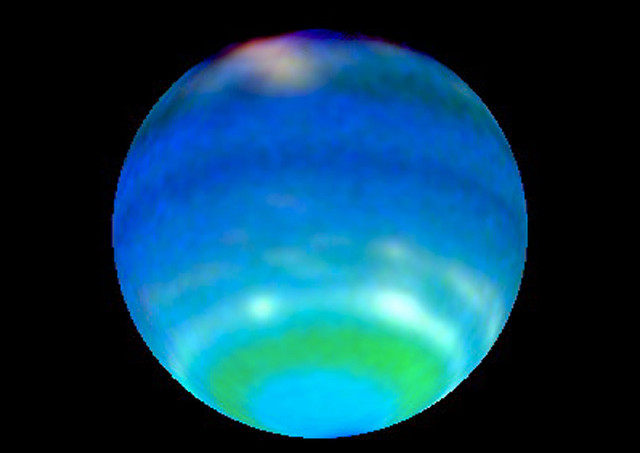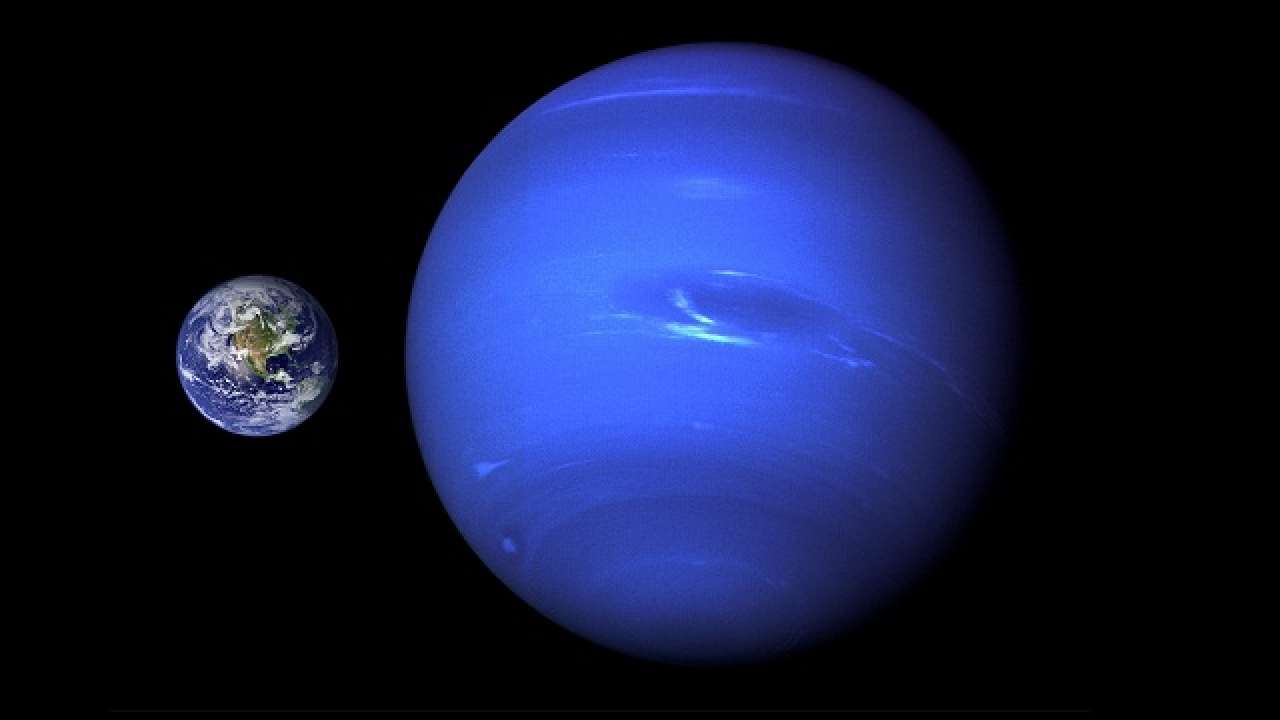

Of course Galileo did not realize what he had seen so he is not considered the discoverer of Neptune. Galileo Galilei’s drawings produced on 28 th December 1612 and 27 th January 1613 show plotted points which match up with the positions of Neptune in the sky on those dates. It would not be until telescopes were invented and they reached a certain level at development that Neptune was finally officially confirmed. Neptune was unknown to ancient astronomers as it could not be seen with the naked eye from Earth. This is a strong indication that Triton may be a captured body caught in Neptune’s orbit by its intense gravitational pull. Triton is unique in our solar system in that it is the only moon that circles its planet in a direction opposite to Neptune’s own. Named for the Sea God Neptune, its moons all bear the names of other lesser known sea deities of antiquity. Does Neptune Have Moons?Īccording to NASA Neptune has 14 known moons the largest of which is Triton which was itself discovered just over 2 weeks after Neptune was. Laws of motion suggest they should spread out evenly however it is thought that the moon Galatea may be stabilizing these arcs with its gravitational effects. The ring arcs of Neptune Liberté (Liberty), Egalité (Equality), Fraternité (Fraternity), and Courage are interesting in that they are clumps of dust. These rings are not thought to be especially old and may not be around for long in stellar terms.

Neptune has at least five main rings as well as 4 prominent ring arcs which have been discovered so far. This core is estimated to have the same mass as the entirety of the planet Earth. As this atmosphere gets closer to the core it merges into water and other melted ices. This consists of mainly hydrogen, helium and methane. There is no solid surface to Neptune as the atmosphere extends to great depths in the planet. Essentially the boiling water layer is under too much pressure to actually evaporate as it would on Earth. The density and gravitational pull of the planet however means it does not boil away due to incredibly high pressure. Scientists believe there may be a boiling ocean of super hot water below Neptune’s cold clouds. This is why even though Neptune is not the largest planet in the solar system it is the densest. This covers a rocky core which produces a very intense gravitational pull. Over 80% of Neptune’s mass consists of a hot dense fluid which includes water, methane and ammonia. They usually have a smaller rocky core with most of their mass being made up of materials such as water, methane and ammonia. They may form closer to a star but migrate further away over time becoming colder as they go. Ice giants form when gravity pulls together swirling gas and dust.

Our solar system is home to two ice giants, Uranus and of course Neptune. These might include oxygen, carbon, nitrogen and sulfur. Ice giants are massive planets composed mainly of elements heavier than hydrogen and helium. The fourth largest planet in our solar system it is 17 times the mass of Earth. It takes roughly 165 years for Neptune to complete its orbit of the Sun.
#NEPTUNE FROM EARTH FULL#
Its vast distance from the Sun means that from its discovery in 1846 until 2011 it had made just one full rotation of its orbit around our solar system’s only star. Neptune is so distant from Earth, the third planet from the Sun, that it is the only planet that is not visible with the naked eye from Earth’s surface. It is the eighth and most distant planet from our solar system, the Sun. Once just a theoretical planet Neptune is what is known as an Ice Giant.


 0 kommentar(er)
0 kommentar(er)
